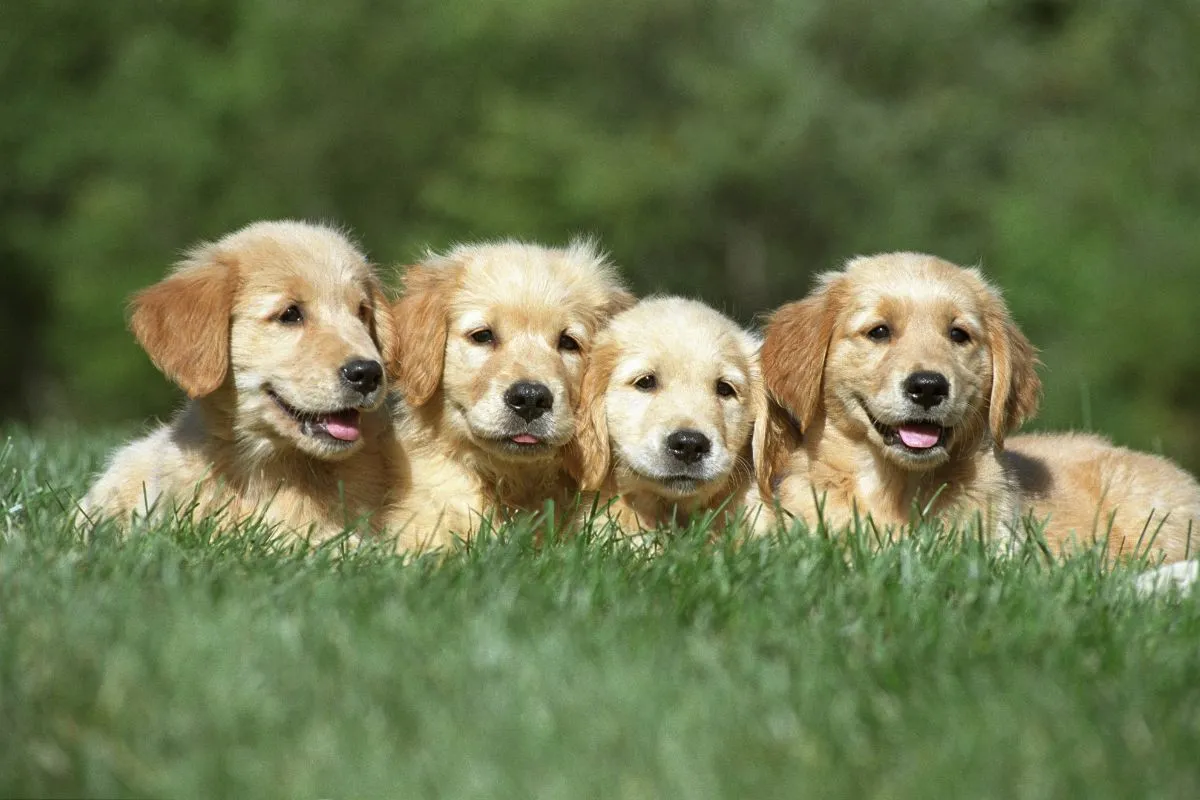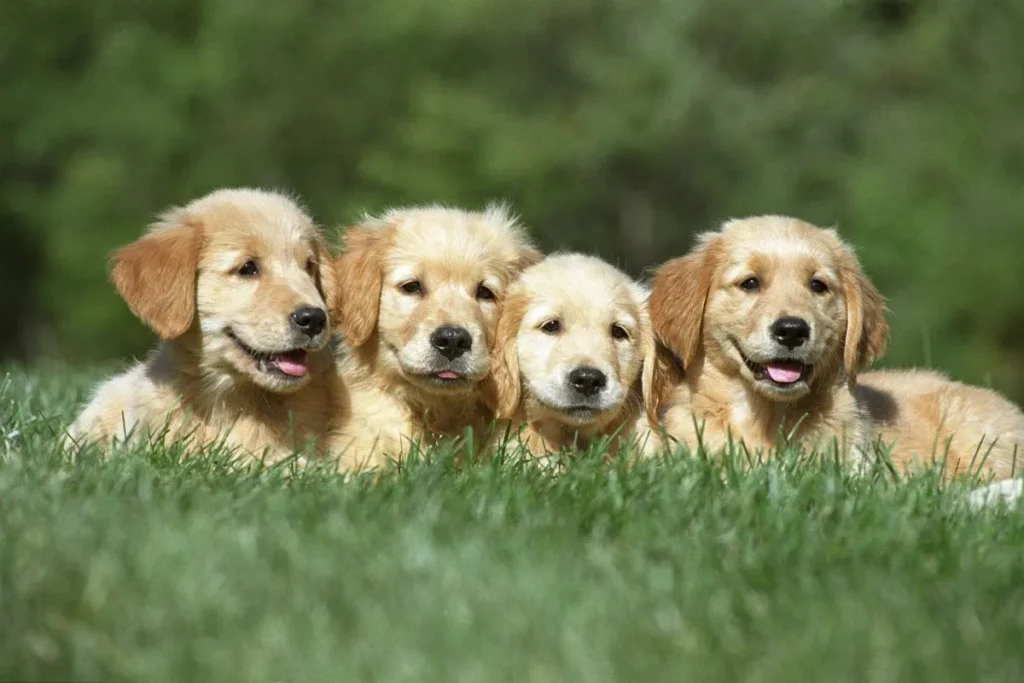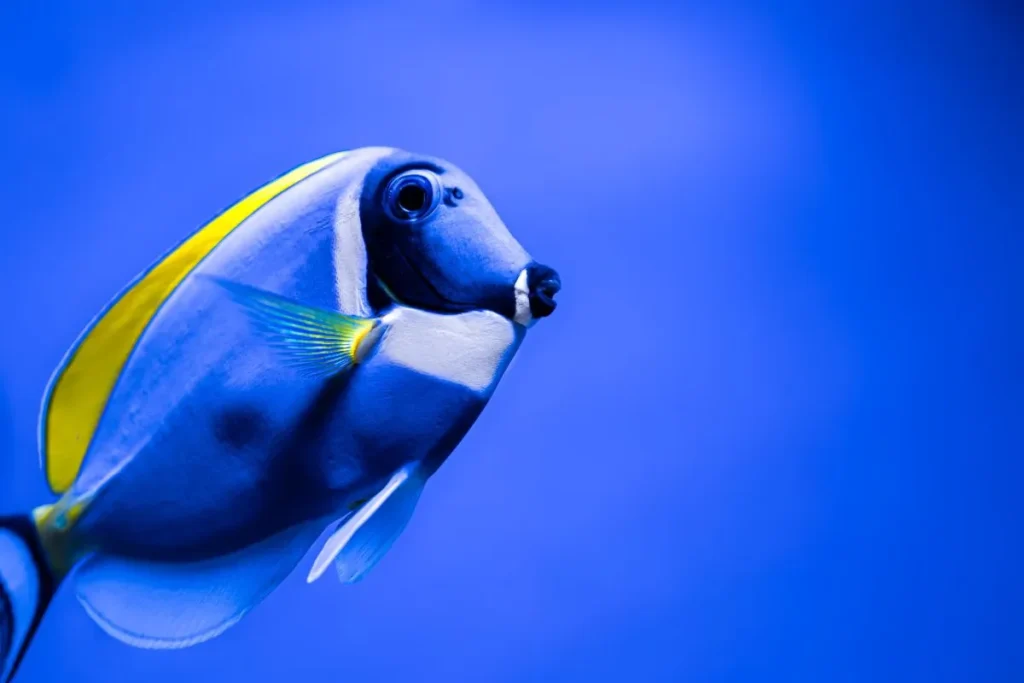Table of Contents
Cats have earned a reputation as independent, sometimes aloof companions. Yet beneath their self-sufficient exterior lies a capacity for deep affection that manifests in subtle yet meaningful ways. As devoted cat enthusiasts and behavior specialists, we have compiled this comprehensive guide to help you recognize and appreciate the nuanced ways your feline friend expresses their love. Understanding these signs not only strengthens your bond but also enhances your ability to respond appropriately to your cat’s emotional needs.
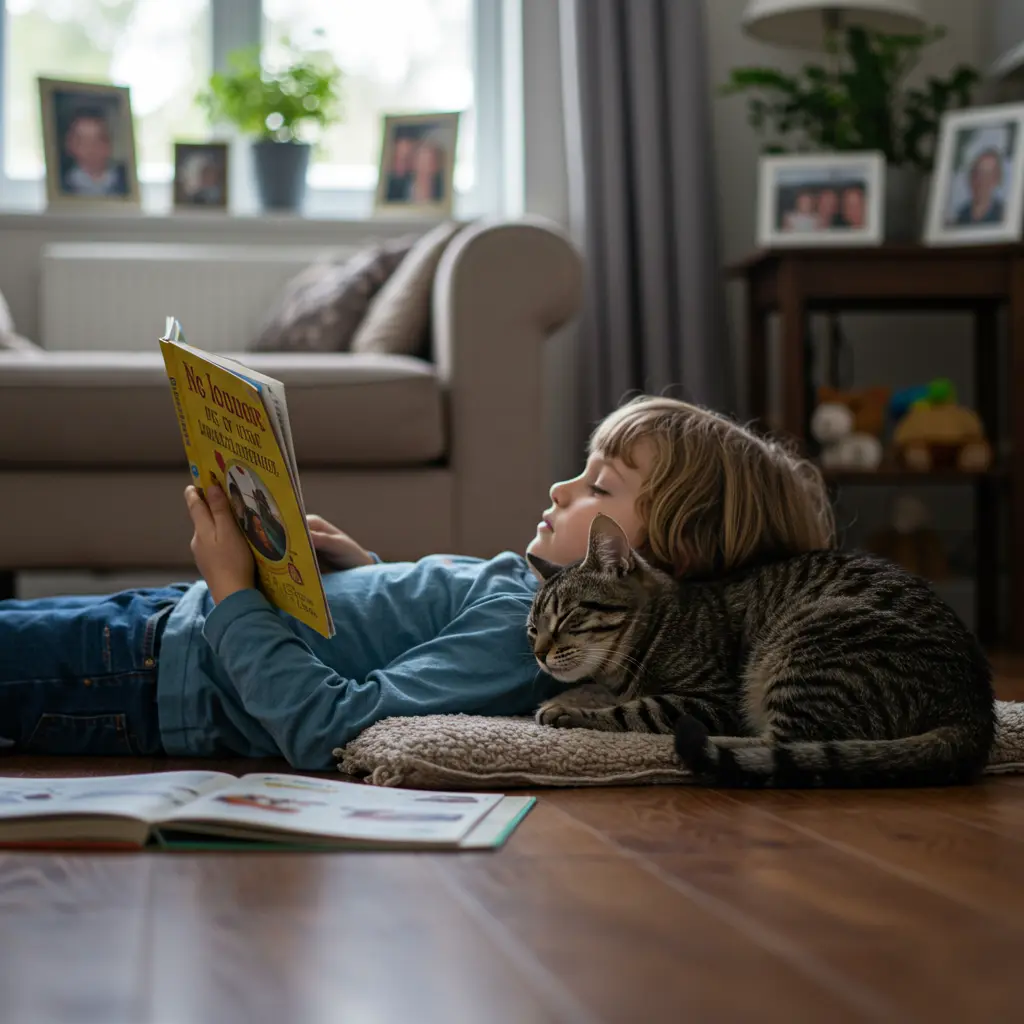
Body Language Reveals Their True Feelings
The Slow Blink: A Feline Kiss
When your cat looks at you with relaxed eyes and delivers a slow, deliberate blink, they’re offering one of their most sincere expressions of affection. This gesture, often referred to as a “cat kiss,” signals that your cat feels comfortable enough in your presence to momentarily let their guard down. In the wild, closing eyes around another creature represents extreme vulnerability and trust. When your cat offers you this gesture, we recommend reciprocating with your own slow blink to “return the kiss” and strengthen your emotional connection.
The Elevated Tail of Happiness
A cat’s tail serves as a remarkable emotional barometer. When your cat approaches you with their tail held high, often with a slight curve at the tip resembling a question mark, they’re demonstrating excitement and pleasure at your presence. This upright tail position is reserved exclusively for interactions they anticipate positively, making it one of the clearest indicators of feline affection. The more pronounced the quiver or vibration in their raised tail, the more intense their feelings of attachment.
Exposed Belly: The Ultimate Trust
Few gestures demonstrate more vulnerability than a cat exposing their belly. The abdominal area contains vital organs and represents a point of significant vulnerability in the wild. When your cat rolls over and displays their belly in your presence, they’re communicating profound trust in your intentions. While not all cats appreciate belly rubs (many will engage their defensive reflexes if you touch this sensitive area), the mere act of showing their underside
represents a declaration of security in your company.
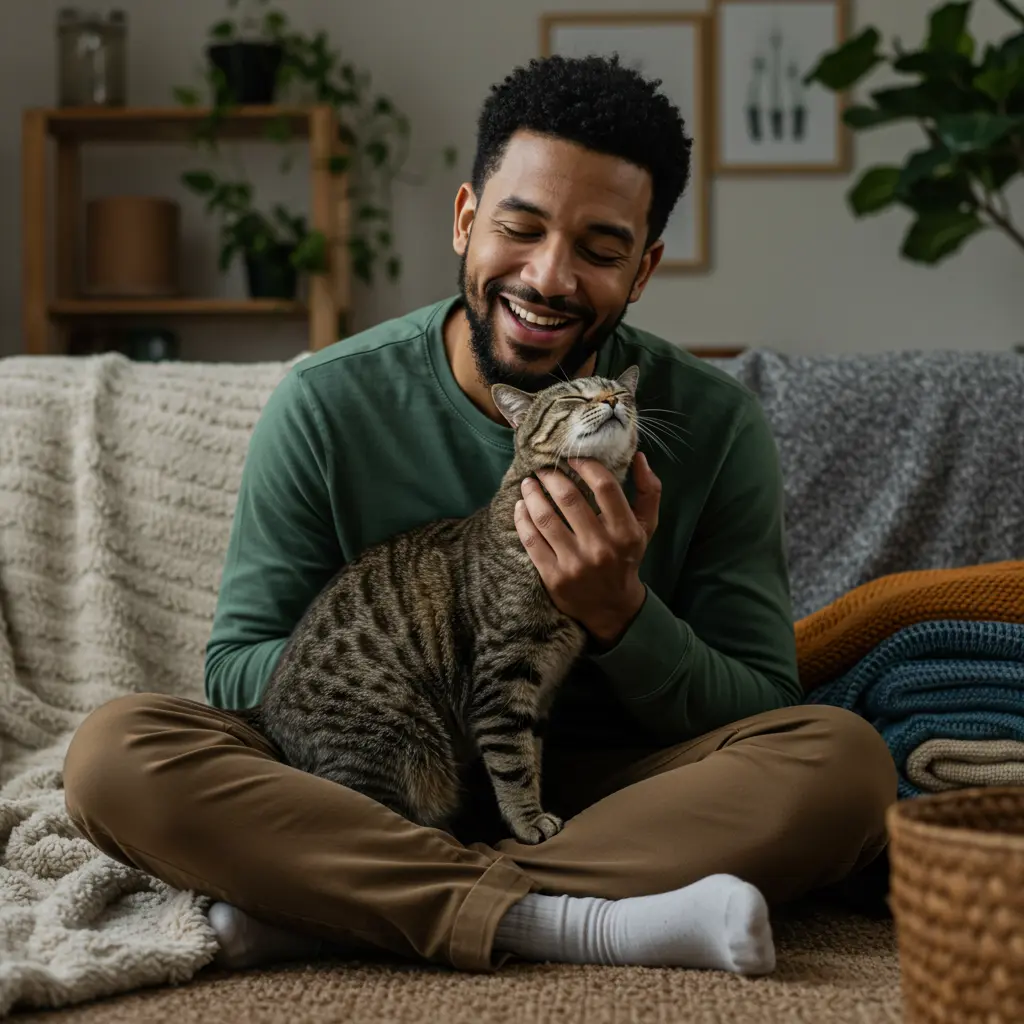
Vocalization Patterns That Signal Affection
The Distinguished Purr
While cats purr for various reasons, including self-soothing during stress, a purr directed at you during physical contact or proximity often indicates contentment and affection. The frequency of feline purrs (approximately 25-150 Hz) has been shown to promote healing and reduce stress not only for the cat but potentially for humans as well. When your cat settles onto your lap and initiates their rhythmic purring engine, they’re both expressing and deepening their bond with you.
The Distinctive Trill or Chirp
Unlike the demanding meow often used to solicit food or attention, the melodic trill or chirp represents a special greeting reserved primarily for those a cat considers family. Mother cats use this sound to communicate with their kittens, and when your adult cat employs it with you, they’re essentially categorizing you as a beloved family member. This sound, falling somewhere between a meow and a purr, typically occurs when your cat first sees you after a separation, signaling their genuine pleasure at your return.
The Conversational Meow
Cats develop specialized vocalizations unique to their relationship with their human companions. If your cat engages in what appears to be “conversation” with you—responding to your voice with varied meows and maintaining this back-and-forth exchange—they’re actively working to communicate with someone they value. These tailored vocalizations rarely occur between cats and represent a special language developed specifically for human-feline bonding.
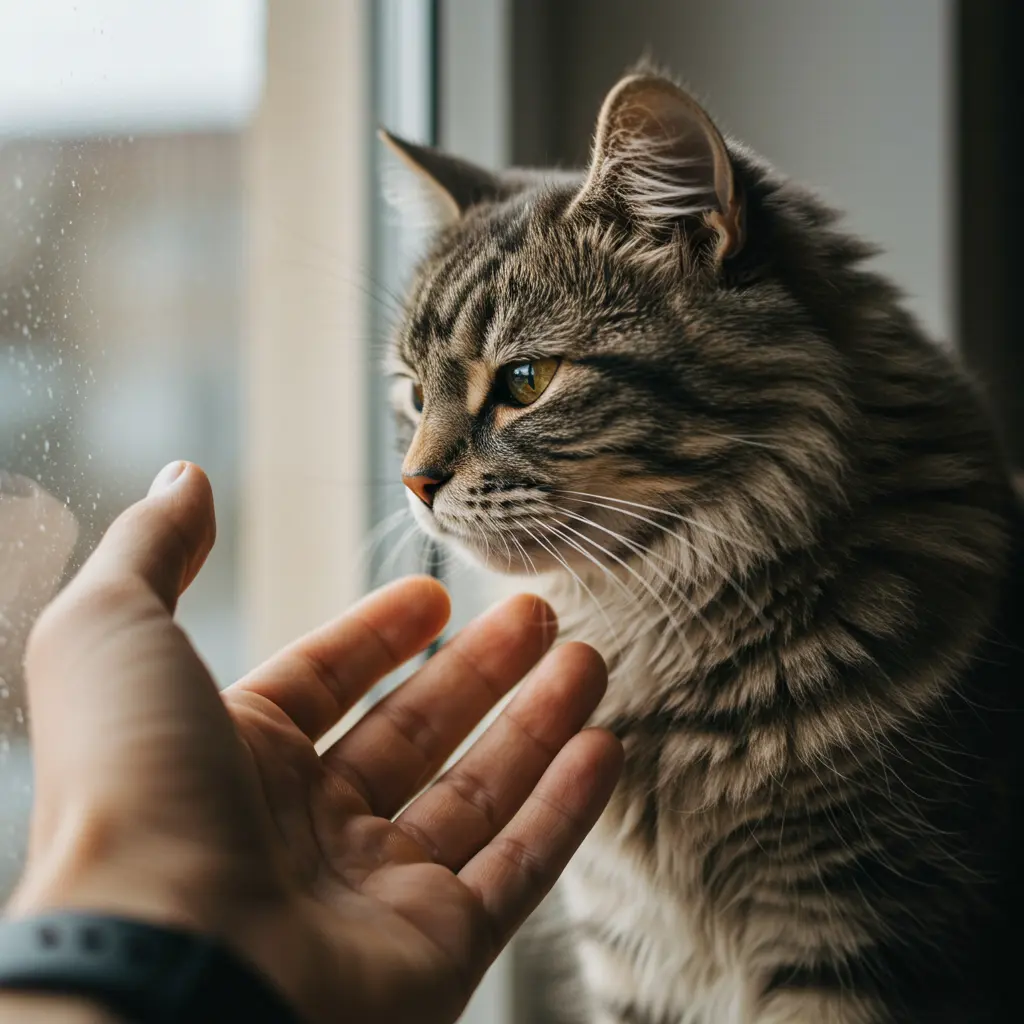
Physical Contact as Expressions of Love
Headbutting and Cheek Rubbing
When your cat bumps their head against you or rubs their cheeks on your legs, hands, or face, they’re engaging in an affectionate behavior called “bunting.” This action serves the dual purpose of marking you with their scent glands (located around their face) and initiating physical contact. Scent marking is fundamentally a territorial behavior that identifies you as part of their safe inner circle. In essence, your cat is proudly announcing to the world: “This human belongs with me.”
Kneading Your Lap
The rhythmic pushing motion cats make with their front paws—often called “making biscuits”—originates from kittenhood when they stimulated milk flow while nursing. When your adult cat kneads your lap, they’re regressing to this comforting behavior associated with maternal care and security. This vulnerable display indicates they view you as a source of comfort and safety comparable to their mother—high praise in the feline world.
Grooming You
Cats are fastidious about grooming, dedicating significant energy to their cleanliness. When they extend this essential ritual to include licking your hand, hair, or face, they’re incorporating you into their social group. Mutual grooming in feline colonies strengthens social bonds, and when your cat licks you, they’re treating you as they would a trusted feline companion. This behavior, called allogrooming, represents one of the most intimate expressions of feline acceptance and affection.
Daily Behavioral Patterns That Demonstrate Affection
Following You From Room to Room
Despite their reputation for independence, a cat that shadows your movements throughout the home is demonstrating attachment through proximity-seeking behavior. This “velcro cat” phenomenon indicates they prioritize your company over their natural territorial instincts. When your cat adjusts their location to remain near you—whether you’re working, cooking, or bathing—they’re choosing companionship over solitude, a meaningful choice for a naturally solitary species.
Bringing You “Gifts”
While receiving a deceased mouse or mangled toy may not seem immediately romantic, your cat’s presentation of “gifts” represents their desire to share resources with you. In feline social structures, sharing prey demonstrates care and contribution to the colony’s well-being. Your domesticated hunter is essentially demonstrating their value to your “shared territory” while simultaneously honoring you with the fruits of their hunting prowess.
Sleeping Position Preferences
A cat’s chosen sleeping location reveals volumes about their attachments. When your cat opts to sleep on or pressed against you—particularly exposing vulnerable areas like their back or belly—they’re demonstrating both trust and a desire for closeness. The most affectionate sleep position involves your cat positioning themselves where they can monitor your breathing or heartbeat, often near your chest or neck, maintaining a physiological connection even during rest.
Signs Your Cat Values Your Emotional Well-being
Responding to Your Distress
Particularly bonded cats often demonstrate emotional attunement by responding to their human’s psychological states. Cats who seek closer proximity when you’re crying, ill, or upset are exhibiting empathetic behavior. This emotional responsiveness—whether manifested through increased physical contact, altered vocalizations, or vigilant monitoring—indicates their connection transcends mere convenience or resource acquisition.
The Rhythmic Comfort of Synchronized Breathing
Research has identified that closely bonded cats sometimes synchronize their breathing patterns with their human companions during periods of relaxed contact. This phenomenon, similar to how human couples sometimes breathe in tandem during sleep, represents a subconscious level of connection. When your cat matches their respiratory rhythm to yours during shared rest, they’re experiencing a physiological harmony that deepens your mutual bond.
Conclusion: The Profound Connection Behind These Signs
Understanding and recognizing these expressions of feline affection enriches the human-cat relationship immeasurably. While cats may not demonstrate love through exuberant greetings or unconditional compliance like some canine companions, their subtle expressions of attachment carry profound significance within their natural behavioral repertoire.
By acknowledging these signs with appropriate responses—reciprocating slow blinks, respecting their preferred physical boundaries while welcoming contact they initiate, and maintaining the consistent presence they’ve come to value—we strengthen a bond that transcends species differences. The love of a cat, freely given despite their self-sufficient nature, represents a uniquely earned connection worth celebrating and nurturing.
For additional information about strengthening your bond with your feline companion through appropriate enrichment activities, we recommend visiting the International Cat Care website, a respected resource for evidence-based feline behavior insights.
DoFollow link: American Association of Feline Practitioners

